#lone marebito
Text

So none of that sad shit happened and they're fine.
33 notes
·
View notes
Text
sumi felt nostalgic




68 notes
·
View notes
Text

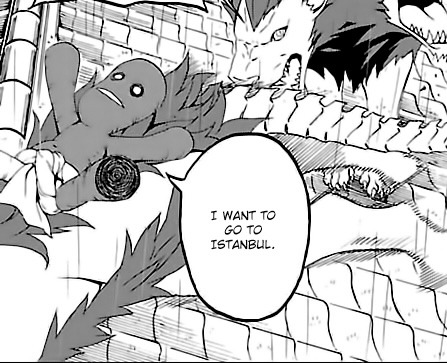
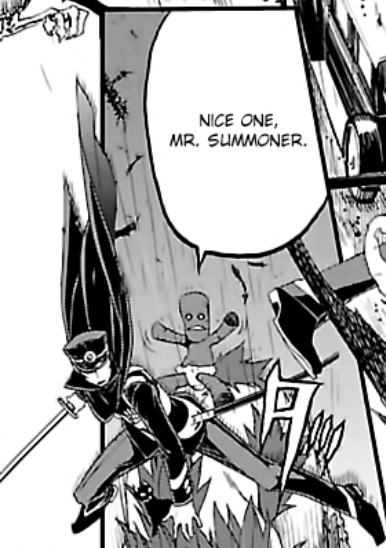
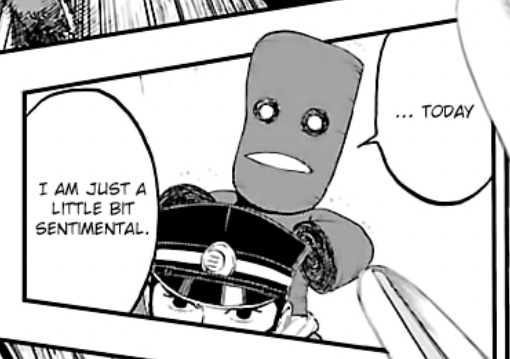
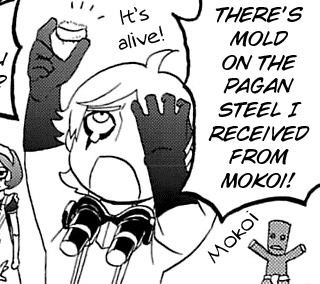
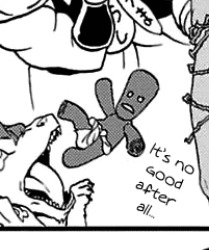
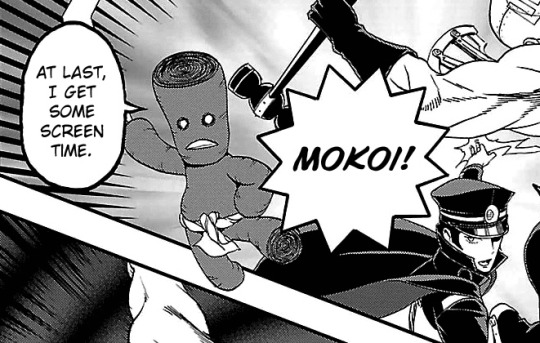
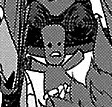
just mokoi :)
#reread the lone marebito just to fact check something#didn’t mean to lol but wanted to snag every mokoi i could (i know i missed a couple)#shantien rambles#devil summoner#megaten
74 notes
·
View notes
Text
⚠️Vote for whomever YOU DO NOT KNOW⚠️‼️
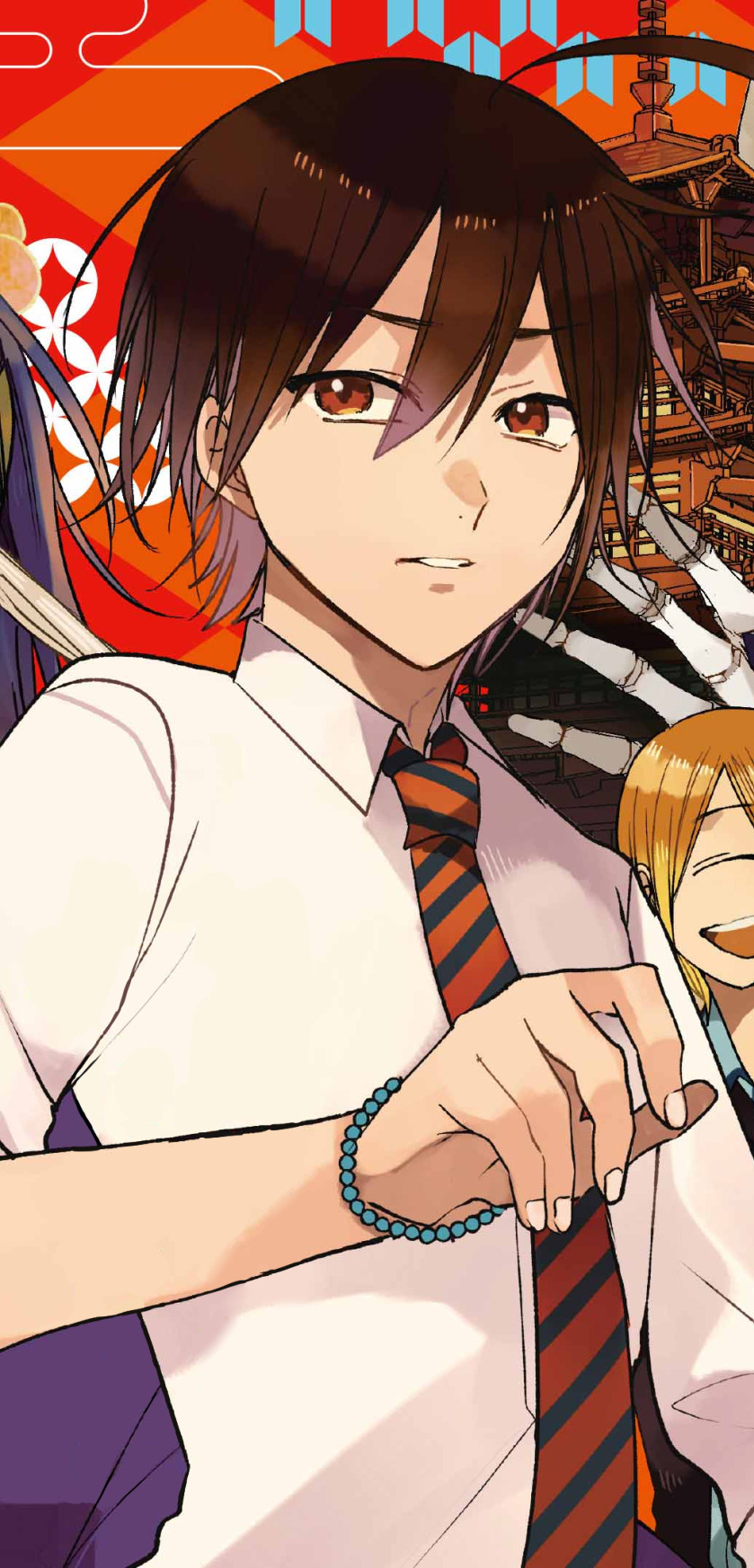

#ultimate obscure blorbo#polls#Abe Haruaki (A Terrified Teacher at Ghoul School)#Abe Seimei (Devil Summoner Lone Marebito)#round 3
38 notes
·
View notes
Note
Raidou
Expectation: Really scary!! Chases after Demifiend shooting at him
Reality: Slips on banana peel



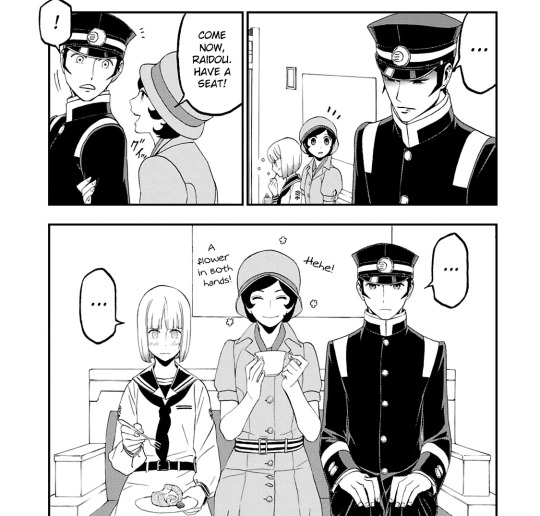
He’s both and I love him for that
#not art#shio’s mailbox#I would have drawn something for this one but i will never pass on an excuse to post lone marebito#please read it raidou is either the coolest guy ever. the silliest creature on earth. or bleeding out. and it’s great#you will not regret it
17 notes
·
View notes
Text
Final farewell

#dsrk#raidou kazunoha#devil summoner raidou kuzunoha#raidou kazunoha vs the lone marebito#abe seimei devil summoner#art#RandomlyFallen's art#i still feel pain over him#i love his arc sm
9 notes
·
View notes
Text
I am currently watching Joker Game. I love the 1930s Japan setting, I love espionage and military stories. I noticed that the artstyle reminded me so heavily of Vanilla Persona 5's cutscenes, and lo and behold, Production I.G. and Kadokawa produced this. I really wish Raidou Kuzunoha V.S. the Lone Marebito could be animated with this similar style. I'd pay serious amounts of money to see that get an adaptation. But this is really for me, because I want to see Narumi get animated. A possible Narumi espionage backstory would be so great.



#raidou kuzunoha#joker game#persona 5#persona 5 royal#megaten#shin megami tensei#shohei narumi#shouhei narumi#dsrk#devil summoner raidou kuzunoha#devil summoner
14 notes
·
View notes
Text
Hazuki Izumi (Reno Komine) stands on the edge of a rooftop looking out at the city beneath her. A clutter of competing architecture styles and buildings at various points of development: scaffolding, newly-built, maturing, declining, abandoned, condemned. Traffic lights glow, cars drone, and roads curve. A web of powerlines connects every part of the city. Hazuki is deep in thought, contemplating something or other, almost as if she’s listening to something we can’t quite hear. Her friend Mao (Shinsuke Aoki) notices the rooftop figure and approaches her as he becomes concerned that she might jump.
This scene takes place in August in the Water (1995) but variations of it can be found in a number of Japanese films and anime of the late 1990s to early 2000s. At the time of release these films and series belonged to different genres and production cycles yet retrospectively we can identify a fascinating pattern of imagery, themes, characters and even locations that recur to form an enigmatic genre called denpa. Little has been written about it in English, so allow me to venture forward.
‘Denpa’ is a Japanese word that means electromagnetic wave or radio wave. Within the genre, characters tune into these waves and feel their effects: they sense things, hear voices and see spectres, indeed the stories of Chiaki J. Konaka begin this way, including his Lovecraft-inspired psychological horror Serial Experiments Lain (1998) and Marebito (2004). The characters are susceptible to the waves due to alienation caused by their oppressive surroundings which is depicted through a distinct, industrial aesthetic: antennas, chain link fences, telephone poles, a web of powerlines across the sky, trains, manholes and sewers, grainy and distorted footage, a muted colour palette. This imagery reoccurs across denpa fiction, from the visionary anime of Satoshi Kon (Perfect Blue 1997, Paranoia Agent 2004) to the live-action poetry Shunji Iwai crafts out of adolescent cruelty (Picnic 1996, All About Lily Chou-Chou, 2001).
These bleak,alienated urban settings raise questions of tradition vs modernisation, mass-communication and a critical look at new technologies. Denpa situates these themes amongst references to folklore and the paranormal such as ESP, hauntings, aliens and spirits a combination explored by both the cult horror favourite Boogiepop Phantom (2000) and influential franchise starter Ring (1998). These supernatural beings are known to inhabit different realms and through electromagnetic waves these beings can cross over to our world, and humans can cross over to their worlds. The blurred lines between these spaces are illustrated with surreal imagery and experimental filmmaking. Such creative innovation can be found in the surreal psychological torment of Hideaki Anno (Neon Genesis Evangelion 1995-7, Love & Pop 1998, Ritual 2000) and in the breath-taking urban dreamscapes woven by Gakuryu Ishii (August in The Water, 1993’s Tokyo Blood). Within this cocktail of urban alienation and supernatural forces are plot points such as rumours, conspiracy, mental illness, and delusion often with cosmic and apocalyptic consequences, best embodied by the hypnotic horror of Kiyoshi Kurosawa (Cure 1997, Pulse 2001).
So far, denpa has only appeared as a loosely defined genre label on English-language databases for anime and videogames, on the occasional blog post, a handful of letterboxd lists and one lone essay [1]. It is at once both recognisable yet hard to define. I understand it on an emotional level, I can identify it as a vibe, yet I want to tease out the details and define it in more concrete terms: what makes something ‘denpa’?
The genre derives from ‘denpa-san’ or ‘denpa-kei’ a name for a type of person that emerged in the late 20th century. Think of denpa-san as analogous to ‘tin foil hatter’ – someone vulnerable to paranoia, conspiracy theories and delusions hoping that the foil will block out those invasive electromagnetic waves. Or maybe they’re already at their mercy, following instructions heard via the waves and doing unsavoury or even dangerous things. The term initially hit the mainstream consciousness in association with the 1981 ‘Fukugawa Street Murders’ where a 29-year-old man indiscriminately stabbed passers-by, killing several people and injuring more. The highly-publicised trial hinged on the controversial defence of insanity: the perpetrator argued that they were driven to murder after years of torment from electromagnetic waves [2]. Over time the term expanded to become associated with creepy, unpopular people in general, those on the fringes of society with unusual quirks and obsessions.
It is here that the term overlaps with another: ‘otaku’. A social outcast who obsesses over a hobby to the detriment of their social life. Think ‘geek’ but usually uttered with more contempt. Otaku is typically associated with anime, but contrary to popular belief can be about many subjects from videogames to cars. What ties them together is the negative effect it has on the self. Much like denpa, the term otaku gained traction in association with a horrific crime; in the 1990s it was elevated from merely a pejorative label to the centre of a moral panic in relation to the years-long trial of a serial killer nicknamed by the media as ‘the otaku killer’ for his extensive video collection of pornography and horror films [3]. In the years since, the collective otaku have shaken off the worst of these associations and become a phenomenon as they developed a distinct culture and became a major economic force that has been embraced by the media they obsess over. On the darker end of the subculture some favour the fantasy world of their hobby over the real world and get lost in it, which in itself has become a common denpa narrative with an iconic example being the idol otaku in Perfect Blue.
Critics ascribe the emergence of denpa-san and otaku to society at the time. The Japanese economic bubble burst in 1991 and the decade that followed became known as ‘The Lost Decade’. The population faced a recession which stunted young people as they came of working age. And yet Japan was known on the global stage to be at the forefront of home electronics and new technology. This was in tension with traditions of the past and complicated their national identity as new cultural connotations outpaced traditional ones posing the question: can an old culture survive as a new one emerges?
The development of these new technologies also introduced new issues as they quickly became part of everyday life. Camcorders in every hand, phones in every pocket, so easy to use that soon everyone had one without knowing how they really worked. Life was changing as there was now constant recording, growing access and intimate conversations were now held not in person but via phones and on internet forums. As people became increasingly reliant on these technologies, people began to wonder, what is the existential cost of these new conveniences?
From moral-panics and national identity crises to new technologies denpa fiction responds to this new cultural landscape.
The war between tradition and modernization often forms the backdrop of denpa fiction in urban spaces where a dedicated few keep old customs alive, while others push on for progress. Gakuryu Ishii (previously known as Sogo Ishii) depicts the tension of this conflict well in August in the Water where participants of the centuries-old festival in Hakata pulse through the city in historical costumes with traditional matsuri floats surrounded by modern buildings and stopped traffic; Ishii finds strange beauty in the cityscapes that engulf and imprison his characters. Investigations lead Detective Takabe (Koji Yakusho) in Cure to abandoned buildings and disused factories which signal the failure of a once-promising industry. In Love & Pop and Tokyo Blood, supporting characters are construction workers who signify this changing landscape as they meet on noisy building sites that are the eyesore we must endure for another dubious future.
The rooftop is a recurring location for these films. It can be a place for a clandestine conversation with a confidante, or a place for solo contemplation. The sight of a lone person on a rooftop can be startling to passers-by: the threat of suicide looms and in denpa often does happen. Cinematographically speaking it’s an opportunity to view an urban vista: the buildings, antennas and powerlines that populate the skyline. Again and again characters are drawn to the rooftop where they can get the clearest signal to the electromagnetic waves that mesmerise and influence them.
Alternatively, the clearest signal can be found by going right to the source. In Serial Experiments Lain we meet Lain’s father (Ryusuke Obayashi) at his impressive 6 monitor desktop and over the course of the series Lain’s (Kaori Shimizu) simple computer set-up evolves to be larger and larger. A soundscape is built from keyboard tapping, mouse clicking and monitors gently beeping. Denpa characters are often found hunched over a desk or workstation in the dark, the only light source being the glow of a screen or the small bulbs of a switchboard that gently whir as a pen scratches while detailed notes are being made. It’s an image with unhealthy connotations indicating obsession and someone losing touch with the outside world. In Boogiepop Phantom, the deskbound character is a videogame otaku finding solace in a fictional fantasy world. In Cure they’re a detective and in Ring a journalist whose respective investigations turn fanatical as they uncover disturbing histories. In each instance the foundations of their worldview will soon be shaken and their mental health questioned as conspiracies and paranormal explanations become more and more likely. Are the characters’ paranoid, or are they seeing things clearly for the first time?
These paranoid thoughts or deteriorating mental states are often heard through voice-over narration. Depending on the film the voice-over could be the trademark psychological introspection of Neon Genesis Evangelion, or the expansive philosophical musings of August in the Water or even the sinister and somewhat incoherent rambling of Marebito. Though superficially different, what they share is a painfully personal and poetic type of soliloquy.
Alongside narration, different psychological states are expressed through surreal imagery and experimental filmmaking, which often leads to a striking use of mixed-media with live-action moments in anime. In Boogiepop Phantom, a drug-addled videogame otaku experiences visions which are depicted by heavily edited live-action footage in a break from the traditional animation of the series. In Serial Experiments Lain there are animated character figures over live-action backgrounds which has the uncanny effect of blurring the lines between the different worlds that Lain traverses. In the case of Neon Genesis Evangelion: End of Evangelion, the sequence of live-action footage breaks the diegetic barrier between the text and audience, seeming to directly address not only the delusions of its’ characters but its own otaku fandom.
This subtle sense of self-awareness can be seen in the eerie experience of watching characters watching screens. Frames within frames or looking at a picture within a picture, voyeurism becomes infinite. New technologies allow people to see people through a thick glass lens or a pixelated screen. Distant yet paradoxically seeing each other more intimately than ever. In Perfect Blue this newfound intimacy fuels the obsessions and delusions of both Mima and her otaku fan.
The spectre of denpa is not limited to Japan. The same themes and same motifs can be found in English-language films from around the same time. There is Donnie Darko (2001), Richard Kelly’s film about a schizophrenic teenager who is told to commit crimes by a phantom in a rabbit suit and whose survival of a near-death-experience has apocalyptic consequences. You can find denpa in the films of M. Night Shyamalan: from the delusion of Bruce Willis in The Sixth Sense (1999), to the haunting image of mass rooftop suicides in The Happening (2008) and to the potent mix of aliens and religion in Signs (2002). Even in the music video of Eminem’s Stan (2000)– in which a disturbed otaku hunches over a desk under a perpetual raincloud. When I recognise denpa motifs in films made outside Japan, I begin to think of denpa less as a genre and more as a zeitgeist. A restless, nihilistic gen x moan of exasperation. That feeling of living in The Matrix (1999); groaning at the end of the century and looking to the new one with only pessimism. Yes, there are new technologies but there are as many negative possible outcomes as there are positive ones. It seems inevitable that people will succumb to their worst impulses.
27 notes
·
View notes
Text
this part from the alice’s wonderland chapters of lone marebito also drives me a little insane cause like I know that hairline and those sideburns
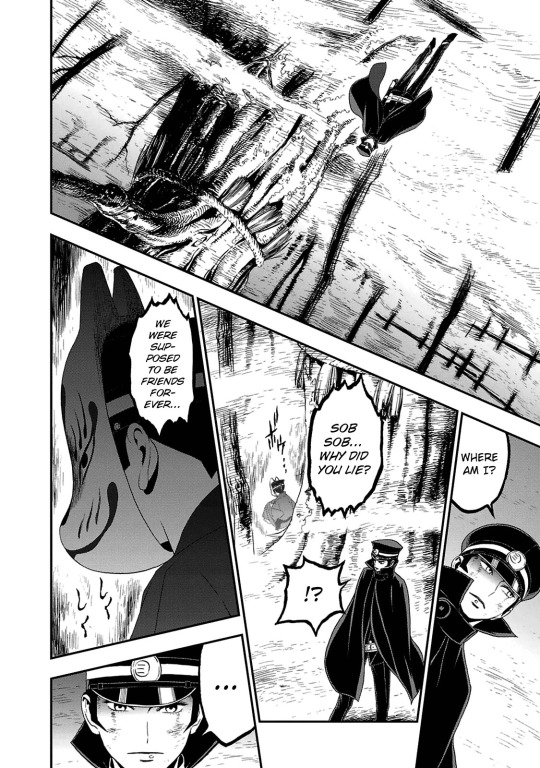
2 notes
·
View notes
Text
does anyone have a pdf of lone marebito i need it to keep us sane
2 notes
·
View notes
Text
Pls help me (Feen) pick stuff to watch this season
Hey so, Feen here. We were hoping to get you a little slushie previewing the new season before we did the actual Season Taster, but uh... I messed up somewhere and my half of the recording is nowhere to be found. Sorry :(
But this also means we're rolling straight into the Winter 2023 Taster! Cube's got a list of stuff she wants to watch, as do I, but mine is a bit less refined right now. I've put a poll up for Patreons who'd like to help me pick what to watch.
Watchlist after the break!
Cube is watching:
NieR:Automata Ver1.1a
Trigun Stampede
Campfire Cooking in Another World with My Absurd Skill
The Magical Revolution of the Reincarnated Princess and the Genius Young Lady
Here's my list of stuff:
Malevolent Spirits: Mononogatari
Tsukumogami—spirits or "marebito" can possess objects of considerable age and gain a physical form. Although he is part of the Saenome clan that is in charge of peacefully sending them back to their own world, Hyouma Kunato despises them because one took away what was very precious to him. In order to cure him of this loathing, Hyouma's grandfather sends him to live with Botan Nagatsuki, a girl who is the master of six "friendly" tsukumogami and lives with them as a family.
The Legend of Heroes: Trails of Cold Steel – Northern War
Lavi was born in North Ambria, the poorest region in the northwestern Zemuria. She enlists in the Northern Jaegers, the largest in the continent, to protect her hometown and distinguish herself from her grandfather Vlad, who was once a hero but betrayed North Ambria. Her devotion to her missions often earned her violations of regulations, and one day, she is ordered to assemble a platoon with Martin, Iseria, and Talion for an impossible spy mission to Erebonia to gather information on the "Imperial Hero" a mysterious threat to North Ambria.
The Tale Of Outcasts
Wisteria is an orphan girl living in a corner of the British Empire at the end of the 19th century. Her life is desolate and bleak–until she encounters Marbas, a powerful but equally lonely immortal being with a furry appearance, hounded by hunters. Together, Wisteria and Marbas roam the Empire–populated by humans and human-like beasts–in search of a place where they can live together in peace.
The Ice Guy and His Cool Female Colleague
Himuro is an office worker who belongs to a race of supernatural beings with strange powers. Whenever he is deep in concentration, he subconsciously plunges his poor coworkers into a close rendition of the Arctic. Even so, contrary to his icy powers, Himuro is a warm and kind person. He likes flowers and cats, but alas, he cannot get too close to either.
Himuro has a soft spot for his colleague Fuyutsuki, a calm woman who has a knack for providing simple solutions to his unconventional problems. Whenever Fuyutsuki does something for him, a snowstorm of emotions builds inside Himuro's heart, and he fails to notice the raging snowstorm he causes on the office floor.
Thanks to his snowy tantrums, Himuro's feelings are apparent to everyone but Fuyutsuki. However, fueled by immense adoration and desire, Himuro is prepared to do whatever it takes to capture her heart.
Tomo-chan Is a Girl!
Tomo Aizawa and Junichirou "Jun" Kubota are the tightest bros you would ever see. They roughhouse and spar, but through thick and thin, they have got each other's back. Yet, there is just one small problem: Tomo is in love with Jun!
Since she was young, tomboyish Tomo has been just another one of the guys; due to his extreme muscle-brained nature, Jun does not notice any of her advances—not even when she explicitly confesses. To add insult to injury, for the longest time, he did not even realize that she was a girl. Will Tomo ever be able to catch Jun's eye and escape the infamous bro zone?
The Magical Revolution of the Reincarnated Princess and the Genius Young Lady
Despite her supposed ineptitude with regular magic, Princess Anisphia defies the aristocracy's expectations by developing "magicology," a unique magical theory based on memories from her past life. One day, she witnesses the brilliant noblewoman Euphyllia unjustly stripped of her title as the kingdom's next monarch. That's when Anisphia concocts a plan to help Euphyllia regain her good name-which somehow involves them living together and researching magic! Little do these two ladies know, however, that their chance encounter will alter not only their own futures, but those of the kingdom…and the entire world!
High Card
After discovering that his orphanage was on the brink of closing due to financial stress, Finn, who was living freely on the streets, set out for a casino with the aim of making a fortune. However, nothing could have prepared Finn for the nightmare that was awaiting him. Once there, Finn encountered a car chase and bloody shootout caused by a man's "lucky" card.
Finn will eventually learn what the shootout was about. The world order can be controlled by a set of 52 X-Playing cards with the power to bestow different superhuman powers and abilities to the ones that possess them. With these cards, people can access the hidden power of the "buddy" that can be found within themselves.
There is a secret group of players called High Card, who have been directly ordered by the king of Fourland to collect the cards that have been scattered throughout the kingdom while moonlighting as employees of the luxury carmaker Pinochle. Scouted to become the group's fifth member, Finn soon joins the players on a dangerous mission to find these cards.
"All you need in life are manners, dignity, and the will to bet on your own life."
However, Who's Who, the rival car maker obsessed with defeating Pinochle, and the Klondikes, the infamous Mafia family, stand in the way of the gang. A frenzied battle amongst these card-obsessed players, fueled by justice, desire, and revenge, is about to begin!
Are you ready? It's Showdown!!
Buddy Daddies
Assassins Kazuki Kurusu and Rei Suwa meet Miri, a girl looking for her father on Christmas Day. Kazuki, Rei, and Miri unexpectedly end up living together.
Follows Kazuki Kurusu, a criminal contractor/coordinator who lives with his best friend, Rei Suwa, a professional assassin who has been raised from childhood to be a contract killer. Kazuki is outgoing and loves gambling and women, while Rei is a man of few words who spends his off time playing video games. One day, the two buddies end up caring for Miri Unasaka, a four year old girl whose father is a mafia boss, after Miri accidentally wanders into a firefight in a hotel while looking for her father.
Endo and Kobayashi Live! The Latest on Tsundere Villainess Lieselotte
On the outside, otome villainess Liselotte seems foul in every way, a purely evil character. However, as revealed in her diary, she was always hiding both her pain and her true feelings for Prince Siegward. While she keeps this locked away, an evil witch ultimately possesses her, leading to her demise—a tragic end for the tsundere villainess. This is how the story always goes, an end coded into the game MagiKoi.
Broadcasting club members Aoto Endou and Shihono Kobayashi decide to play this game. In another universe, Prince Siegward hears their voices, believing it to be a divine revelation from a god and goddess. These voices clue him into something he never noticed before: Liselotte is actually overwhelmingly adorable!
There are no resets in this game, and just one chance to change the future for the ill-fated villainess. In years to come, these two entities, who would guide the country to prosperity and greatness, would be known as play-by-play Endou and color commentator Kobayashi!
17 notes
·
View notes
Text

(If you don’t know these characters - they’re from Raidou Kuzunoha: The Lone Marebito!)
#daily kuzunoha#devil summoner#devil summoner raidou kuzunoha#gouto-douji#kukuri kushinada#shiragiku
7 notes
·
View notes
Text
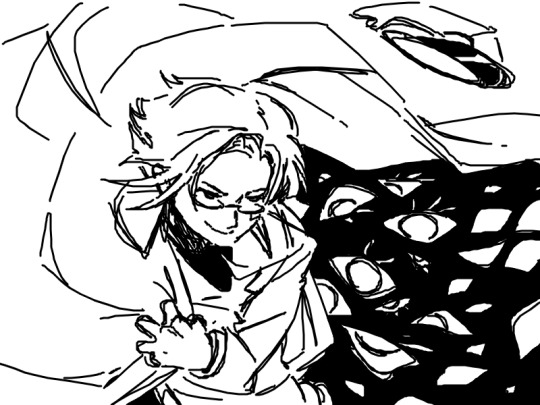
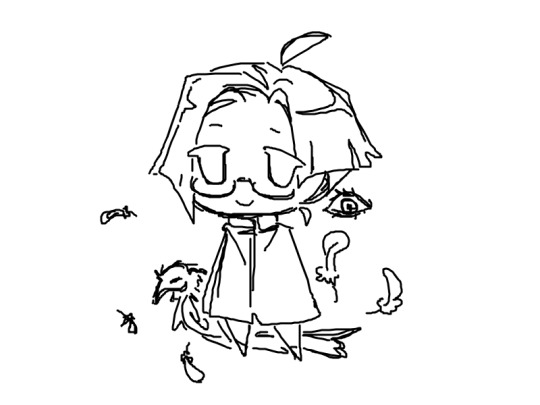
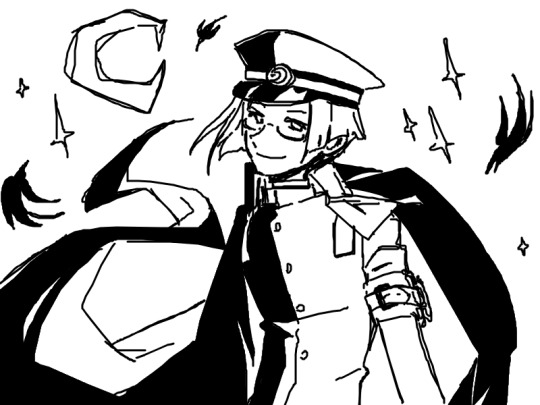
61 notes
·
View notes
Text
this is the oddest joke i’ve seen in megaten. i’ve only seen it in the raidou manga and desu2 (maybe it’s been in a couple other games/bits of megaten media) but


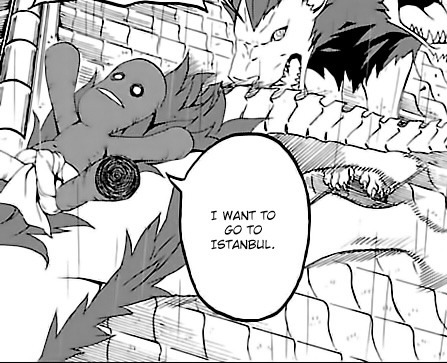
i guess mokoi is implied to like going on vacations??? did a bit of research and there’s no characteristic within aussie mythology that this could seemingly take inspiration from? desu2 has some references to devil summoner 1 and soul hackers in the auctions since bidder names tend to be characters from either game so maybe this was some obscure reference to the lone marebito or some coincidence??? i’m probably thinking too much into it. this might’ve been some characterization that didn’t go on long.
why does mokoi want to go to some city in turkey and someplace in siberia so badly-
#if anyone has any ideas lmk because this is gonna haunt me#shantien rambles#devil summoner#devil survivor#megaten
90 notes
·
View notes
Text
⚠️Vote for whomever YOU DO NOT KNOW⚠️‼️


#ultimate obscure blorbo#polls#round 2#Abe Seimei (Devil Summoner Lone Marebito)#Abyss (Kiss the Abyss)
53 notes
·
View notes
Note
WAIT IF YOUVE READ LONE MAREBITO. CAN WE GET A KUSHINADA FOR THE MAYBE 3 KUSHINADA FANS THAT EXIST. OUR GIRL!!!!!

YES ABSOLUTELY!!!!!!! OUR GIRL!!!!!!!!!!!!
#shiragiku’s here too!#I like how many outfits they gave her but the one from the red light district chapters is really cute#dsrk#kushinada#vinnigami doodles#shio’s mailbox
26 notes
·
View notes